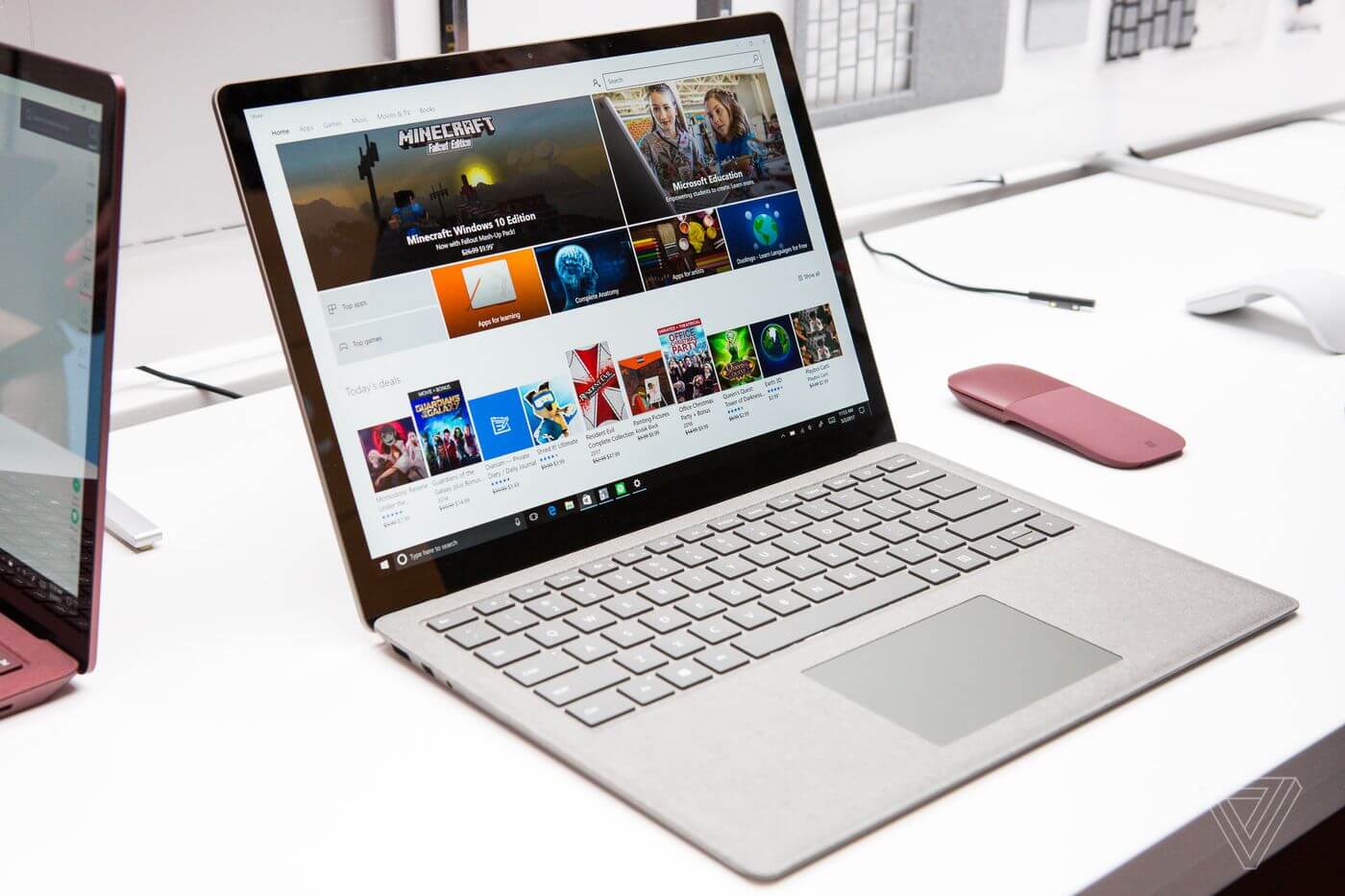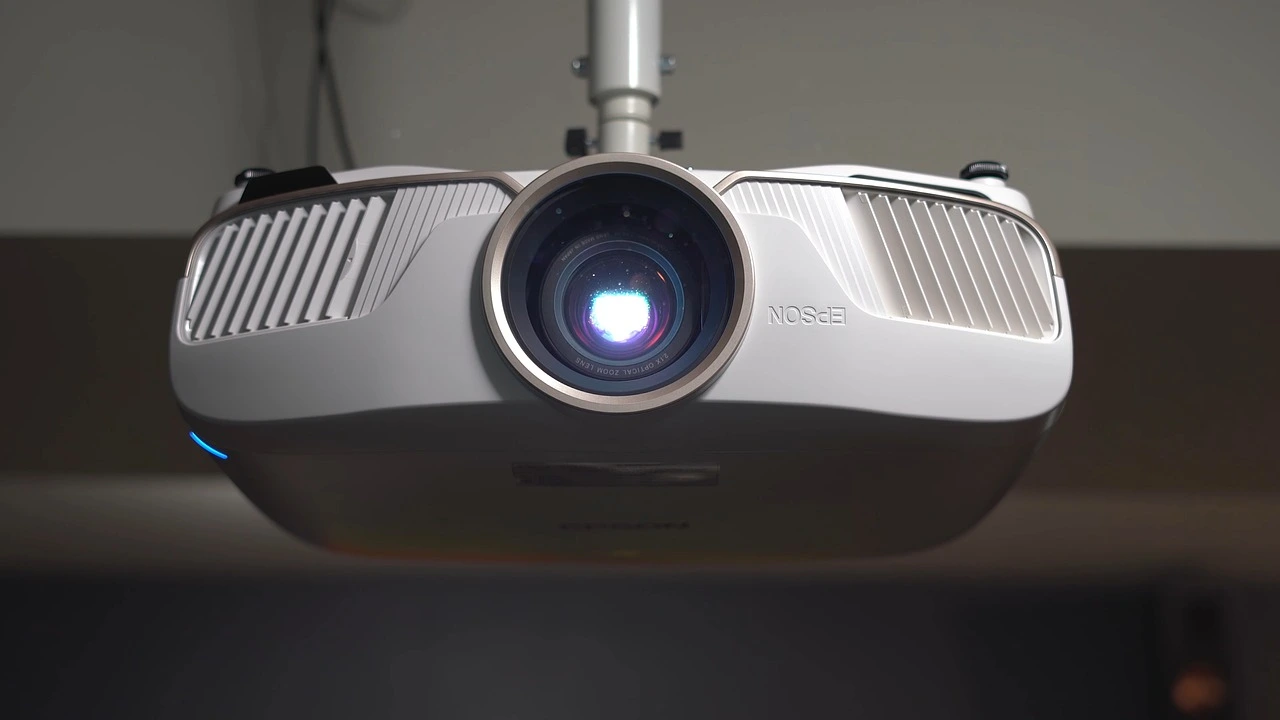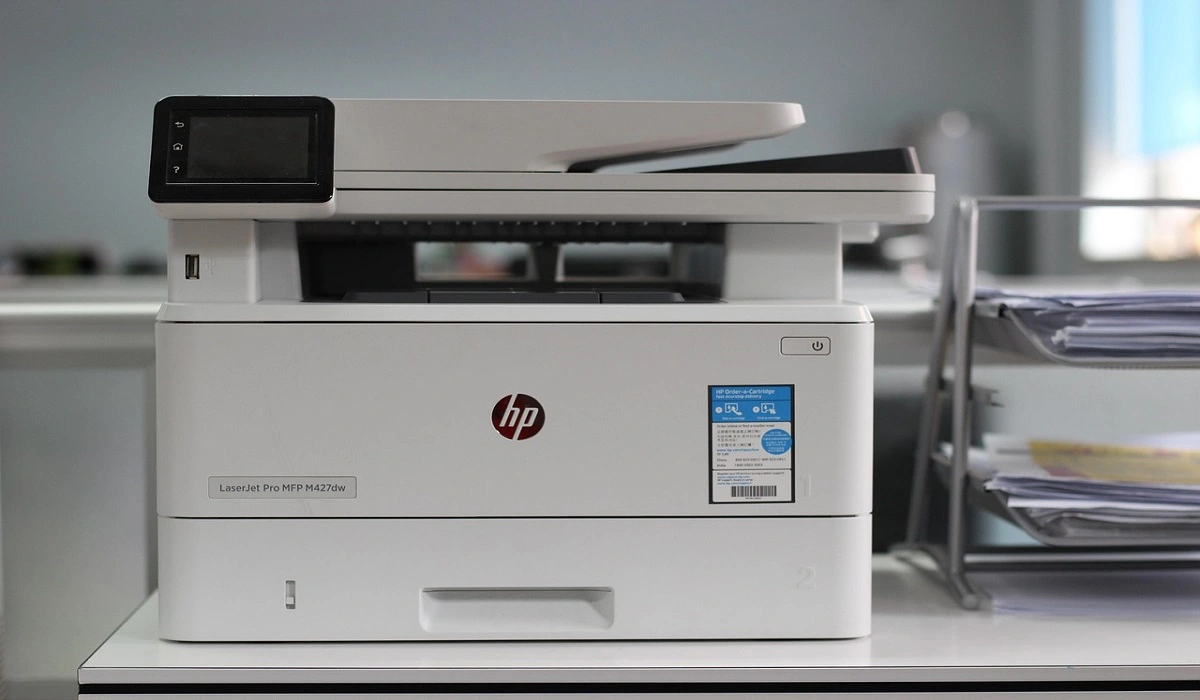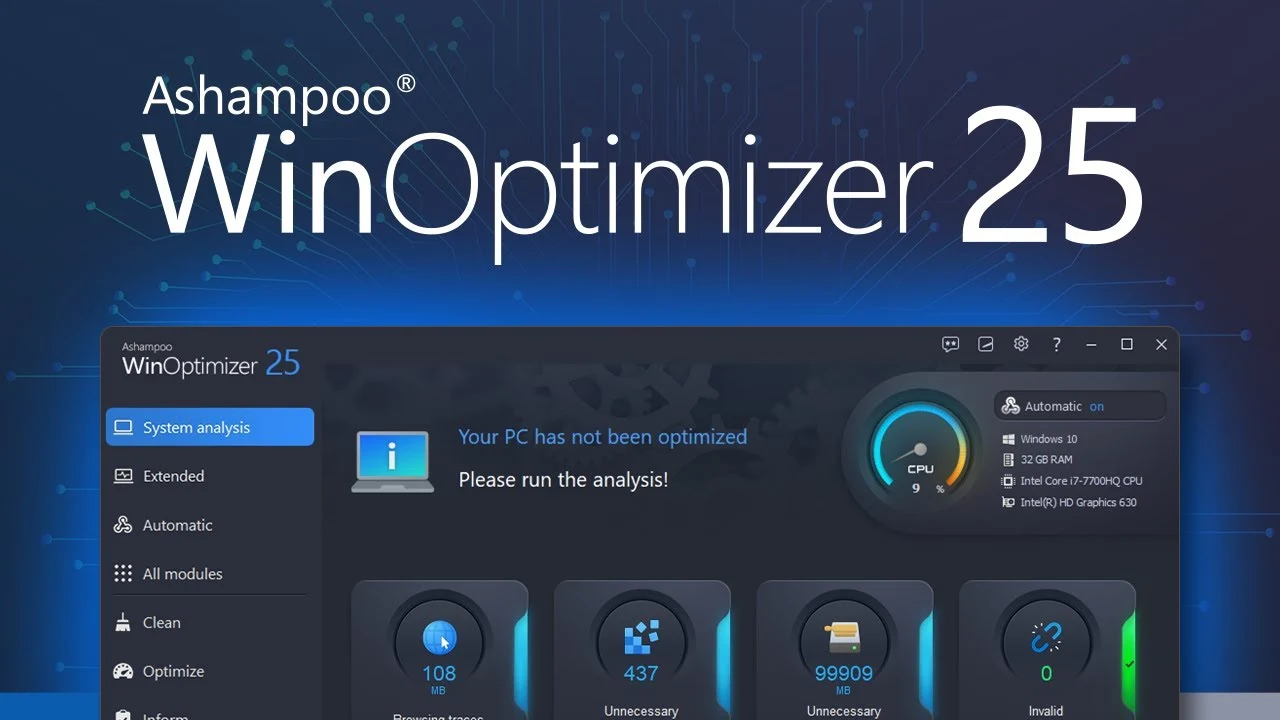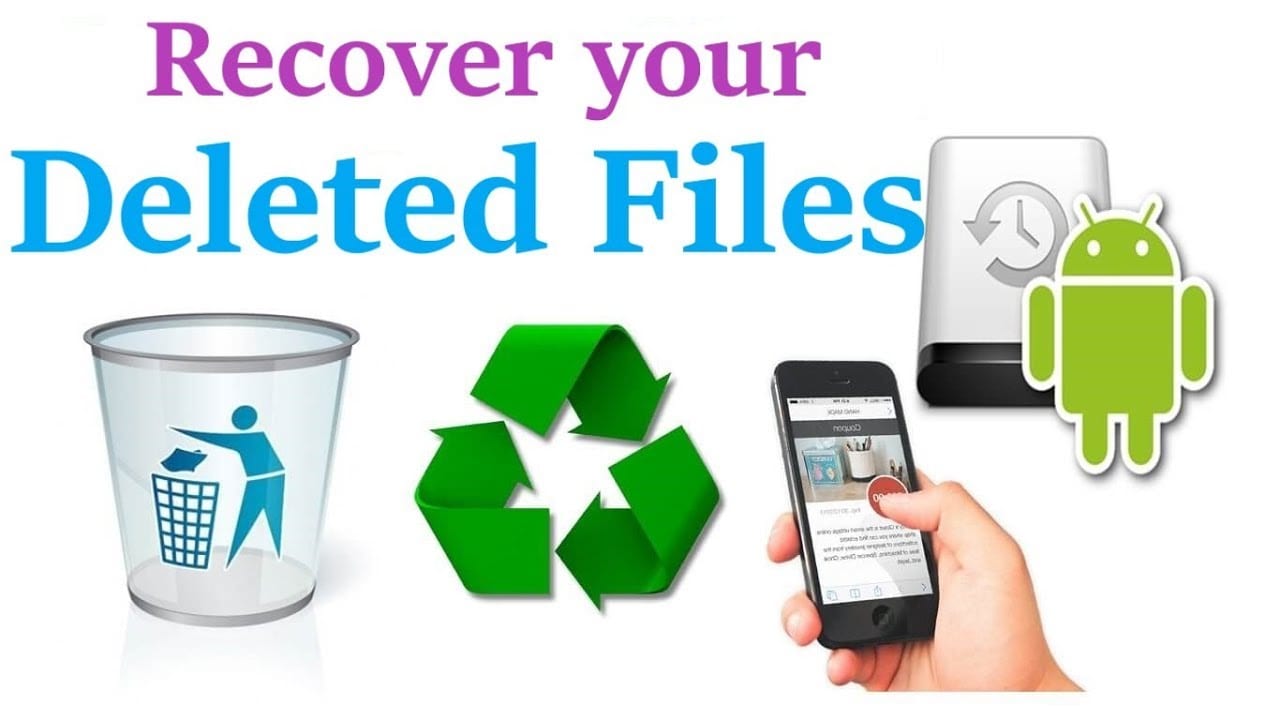How to Disk Cleanup Windows 10: Detailed Solution Guide
Keeping your Windows 10 system clean isn’t just about aesthetics—it’s about performance, stability, and longevity. Over time, your PC collects clutter: temporary files, cache, old updates, and more. These slow things down and eat up valuable space.
This guide walks you through a detailed solution to disk cleanup. Whether you’re a casual user or a power user, these tips will help you reclaim space, boost speed, and keep your system running smoothly.
Why You Need Disk Cleanup on Windows 10?
Disk cleanup is more than just freeing up space. It’s a vital maintenance task that keeps your system healthy and responsive.
- Improves Performance: Removing junk files helps your PC run faster and smoothly.
- Frees Up Storage: Clears unnecessary files to make room for apps, documents, and media.
- Fixes Update Issues: Old update files can cause problems. Cleaning them helps future updates install properly.
- Boosts Security: Temporary files may contain sensitive data. Deleting them reduces risk.
- Extends System Life: Regular cleanup reduces wear on your hard drive and prevents system errors.
Precautions Before Performing Disk Cleanup
Before diving into cleanup, take a few safety steps. These ensure you don’t lose important data or disrupt system functions.
- Backup Important Files: Always save your documents, photos, and work to an external drive or cloud.
- Create a Restore Point: This lets you roll back changes if something goes wrong.
- Close All Running Programs: Prevents file conflicts and ensures smooth cleanup.
- Check for System Updates: Install pending updates before cleanup to avoid compatibility issues.
- Review What You’re Deleting: Don’t blindly remove files—some may be needed by apps or Windows.
- Avoid Cleaning System Files Unless Needed: Only delete system files if you’re sure they’re safe to remove.
- Don’t Use Third-Party Tools Without Research: Some apps can be aggressive and delete critical files.
- Ensure Battery Is Charged (for laptops): Avoid interruptions during cleanup by plugging in your device.
Ways to Disk Cleanup Windows 10
Method 1: Use Disk Cleanup Utility
One of the easiest & most effective ways to clean disk space in Windows 10 is to use built-in Disk Cleanup utility. This powerful utility is designed to help you find and free up disk space in Windows 10. You can use Disk Cleanup utility to delete temp files, log files, cache, DirectX Shader Cache, temporary Internet files, obsolete downloads, and other junk. To recover disk space using Disk Cleanup, follow these steps:
- Search & select Disk Cleanup from the search bar on the taskbar.
- Select the drive that you want to clean when prompted.
- Now it will scan the selected drive and display scan results on the Disk Cleanup window.
- To remove any of these files (you can select multiple files), simply select it and press OK.
- You’re done!
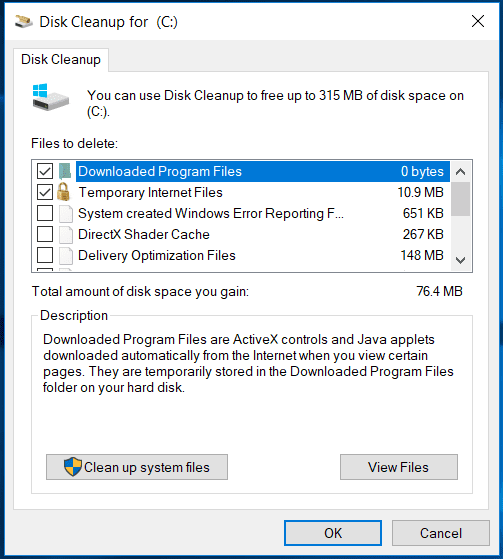
Cleanup System Files: In addition to junk cleanup in Windows 10, you can also clean unnecessary system files using this utility. To do this, click Clean up System Files > select the drive that you want to clean when prompted and simply select the files to clean and press OK.
It will help you clean Windows upgrade log files, downloaded program files, delivery optimization files, device driver packages, and other system junk files. You can also click on More Options to delete system restore and shadow copies.
Method 2: Use Free up Space Now Option
Another built-in feature that helps you clean up disk space in Windows 10 is “Free Up Space” Now option. It helps you clear temporary files of different types including Windows upgrade log files, system created Windows error reporting files, Windows update cleanup, thumbnails, recycle bin items, temporary Internet files, and other temporary files. To use this feature, follow these steps:
- Press Windows + I keys to open System Settings.
- In the Settings window, select System.
- On the next window, select Storage from the left pane.
- Now, in the right pane, click Free up space now option below Storage
Sense.
Note: This feature is part of April 2018 Windows Update, so if you can’t see that option, the April 2018 update hasn’t been installed on your system yet.
Once you click this option, it will scan your system storage to help you find & remove temp files in Windows 10. Here, it will display a detailed report of all temporary files on your system and helps you remove them instantly.
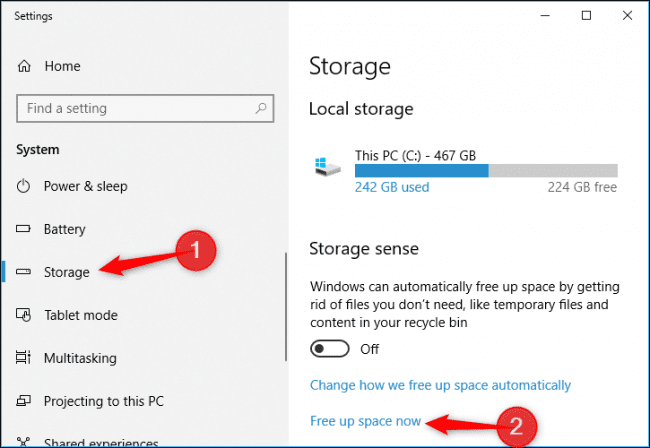
Method 3: Use Storage Sense
Storage Sense is a powerful built-in utility that enables Windows to find and clean junk files automatically. It helps you free up disk space by deleting temp files, recycle bin contents, and more. You can enable Storage Sense by following steps mentioned:
- Press Windows + I keys to open System Settings.
- In the Settings window, select System.
- On the next window, select Storage from the left pane.
- Now, in the right pane, toggle on the Storage Sense button.
- You’re done!
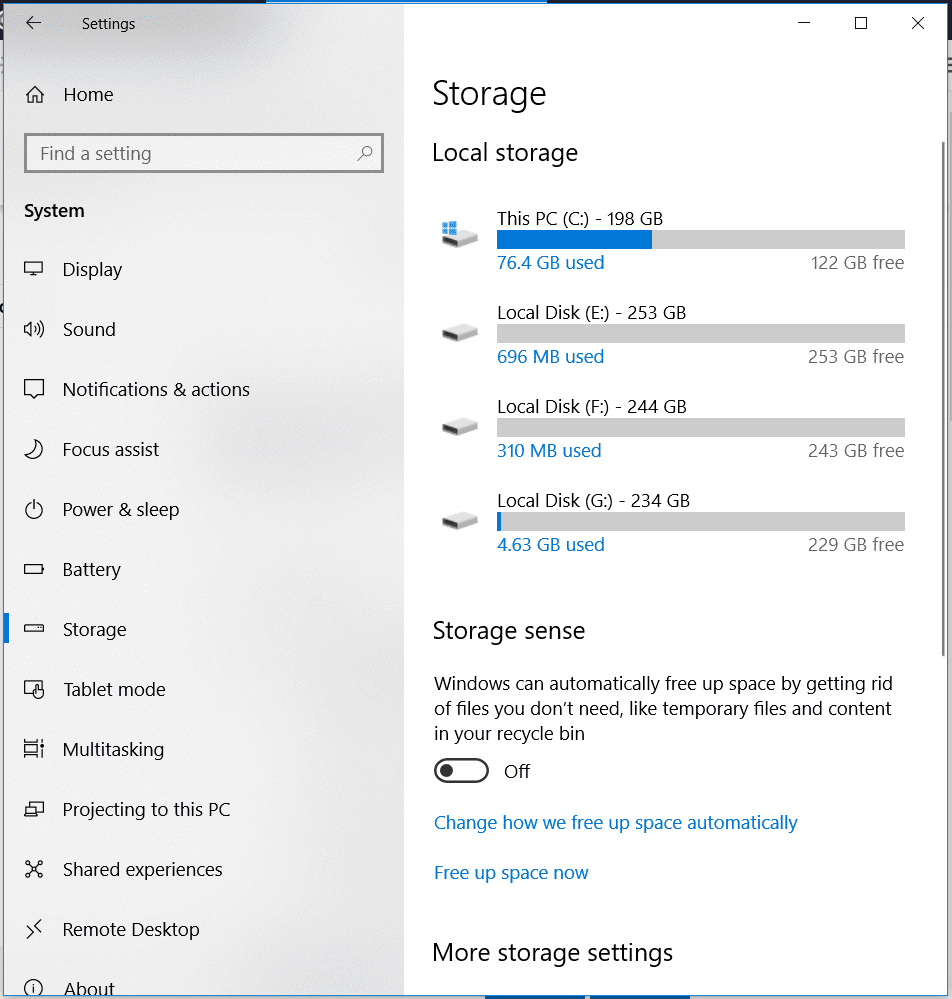
Method 4: Empty Recycle Bin
This is the easiest method for disk cleanup in Windows 10. You keep on deleting files & folders over time which finally lands in the system Recycle Bin before it gets deleted permanently. You may find GB’s of disk space is occupied with these junk files in the recycle bin. Thus, it is no brainer to get rid of this junk immediately. To do this, right-click on the Recycle Bin icon and select the Empty Recycle Bin option. It will ask for confirmation, press Yes.
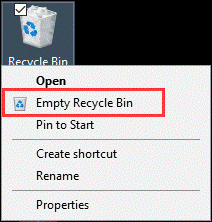
Method 5: Uninstall Unnecessary Apps & Programs
You keep installing apps & programs and stop using many of them over time, right? To get rid of these obsolete apps & programs and to disk cleanup in Windows 10, follow the mentioned steps:
- Right-click on the Start menu and select Settings.
- In the Settings window, select Apps.
- On the next window, select Apps & Features from left pane.
- Now in the right pane, select the program that you want to remove and press Uninstall button below it.
- Confirm uninstallation.
- You’re done!
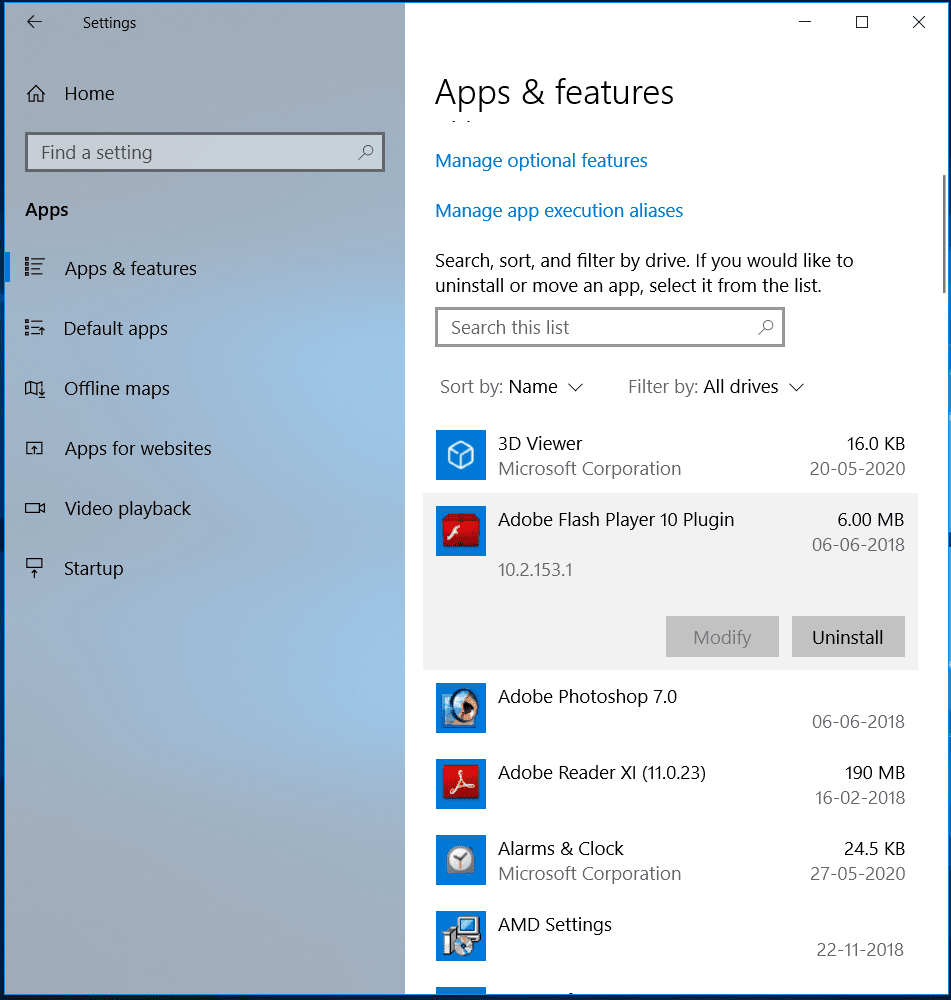
Method 6: Disable Hibernation in Windows 10
Windows Hibernate keeps your system in a quasi-shut-down state. Here, it saves a snapshot of your system drivers and files before shutting down. It is done to save the system turn-on time. While it is a useful feature, if you want to free up disk space in Windows 10 and are not worried about that extra time during system startup, then you should clean hibernate files. To do this, follow these steps:
- Search for Command Prompt in the search bar on the taskbar.
- Right-click the result and select Run as administrator.
- In the Command Prompt window, type powercfg/hibernate off and hit Enter.
- You’re done!
Note: If you want to enable hibernation again, simply type powercfg/hibernate and hit Enter.

Method 7: Move Data to Another Location
To free up disk space in Windows 10, you can move some of your data to another location. You can move this data to an external drive, another partition, or on the best cloud backup servers. Once you connect an external storage drive such as a USB flash drive, you can specify where you want to store each file type. To do this, follow these steps:
Go to Settings > System > Storage.
In the right pane click Change where new content is saved option under More Storage Settings.
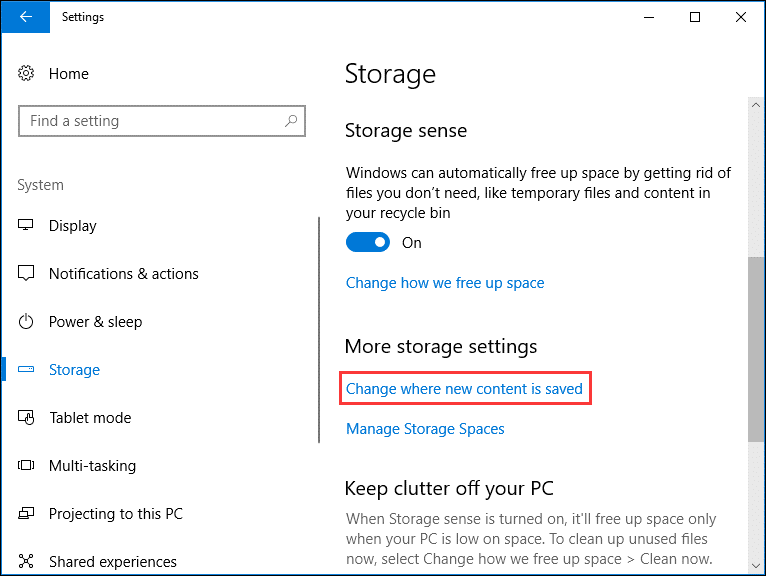
Now click the drop-down and select the new location for each file type.
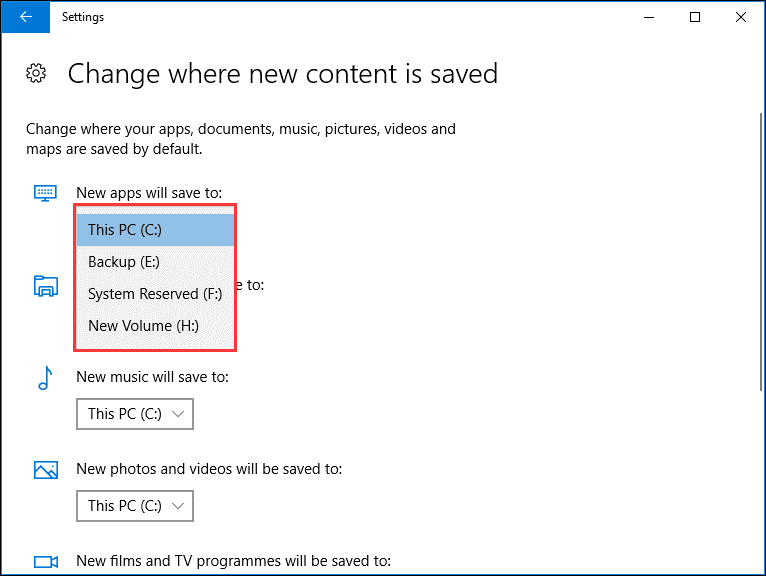
It is a useful feature to free up disk space on your system drive.
Method 8: Use Compact OS
Compact OS is a useful addition by Microsoft. It is designed to help you decrease the OS size and run the OS from compressed files. You can use this feature to save a few GB of disk space. It also helps you reduce the footprint of Windows apps. To use this option, follow these steps:
Note: It is suggested to take a Windows backup before you try this option.
- Run Command Prompt as administrator.
- In the Command Prompt window, type Compact.exe /Compact OS: always and hit Enter.
- It will take 10 to 20 minutes to take effect.
Note: To revert changes, type Comact.exe/CompactOS:never and hit Enter.
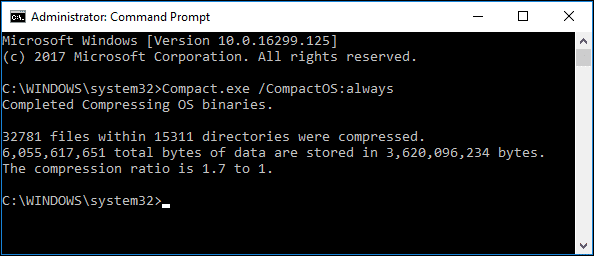
Method 9: Use Best PC Cleaner Software
If you have tried manual steps to disk cleanup Windows 10 and still think you could free up disk space, then we suggest using the best PC cleaner software for instant & effective results. These powerful tools work on advanced algorithms to help you deep scan your system storage to find & clean all junk. These tools help you clean & optimize Windows for better performance. In addition to that, you can also use best duplicate files remover tools to remove junk accumulated in the form of duplicate files in Windows 10.
Method 10: Upgrade Hard Drive
Even after trying all other steps, if you think you often run out of space on Windows 10, then you should consider upgrading your hard drive. You should upgrade the hard drive to a larger one to avoid the low disk space issue. Here, you can use the best disk partition software for Windows 10 to effectively allocate disk space for different files and programs.
Author’s Tip
Disk cleanup isn’t a one-time fix—it’s a habit. I recommend doing it monthly, especially if you install and uninstall apps frequently. It keeps your system agile and responsive.
Use built-in tools like Storage Sense or Disk Cleanup first. They’re safe and reliable. Third-party apps can help, but use them cautiously. Always read reviews and understand what they’re deleting.
Also, don’t forget your Downloads folder. It’s often overlooked, but it can hold gigabytes of forgotten files. Clean it out regularly, but double-check before deleting anything important.
Conclusion
Disk cleanup is a simple yet powerful way to maintain your Windows 10 system. It improves speed, frees up space, and prevents future issues.
By following the steps in this guide, you’ll keep your PC healthy and efficient. Just remember to take precautions and clean smart—not just fast.
Make it a routine. Your computer will thank you with better performance, fewer errors, and a smoother experience every day.
FAQ
How to do disk cleanup in Windows 10?
You can use Disk Cleanup utility to clean disk space on Windows 10. To do this, search & select Disk Cleanup in the search bar on the taskbar. Next, select the drive that you want to clean when prompted. Now it will scan your system storage and display scan results on the Disk Cleanup window. To remove any of these files, simply select it and press OK. You’re done.
Is it safe to use Disk Cleanup utility?
Yes, the Disk Cleanup utility on Windows comes as a built-in solution to help you clean & optimize your disk space. You can use Disk Cleanup to clean disk space in Windows 10 and also clean unnecessary system files automatically.
Does Disk Cleanup improve performance?
The built-in Disk Cleanup utility helps find and clean a lot of junk files efficiently. It helps you free up space in Windows 10 and also boosts your overall system performance.
Should I disk cleanup or Defrag first?
You should perform disk cleanup first as it will help you get rid of a lot of unnecessary files & data. Later, you can disk defrag that helps you remove the fragmentation of your selected drive. Here, unnecessary files & data will not interfere with the disk defrag process.
Which is the best PC cleaner software?
CleanMyPC and CCleaner are the best PC cleaner tools available for Windows 10. It helps you deep scan your system storage and also helps you optimize your system for better performance. The malware protection features of these tools help you protect your system against malicious content effectively.
Popular Post
Recent Post
How To Connect to Your PC Remotely Windows [Complete Guide]
Many people need to reach their computer from far away. Well, yes! It may be for work, study, or personal use. Remote access helps you open files, use your apps, and control your system even when you are not near the device. It gives you the comfort of using your computer anywhere through the internet. […]
How To Connect to a Wi Fi Using a QR Code: Latest Guide
Wi-Fi is now a basic part of our lives. We use it at home, in offices, schools, and public places. But typing long passwords every time you connect can be annoying. Sometimes you might even forget your Wi-Fi password. That is where QR codes come in handy. With QR codes, you can connect to any […]
How To Connect a Wireless Printer Easily to Windows 11/10 PC
Printing tasks are part of most home and office work today. Isn’t it? Well, yes! Using a wireless printer makes printing easier and faster because you don’t need cables. It allows you to print documents and images from any corner of your room as long as your device and printer are connected to the same […]
How To Connect Your Windows 11 PC to a Projector or Another PC
A bigger screen can help you share your work with others. When you connect your Windows 11 PC to a projector, your screen becomes easier to view in a meeting room, classroom, or home. You can show slides, videos, notes, or entertainment. Most people do this for work or study, but it is also helpful […]
How To Set Up Dual Monitors Easily Windows 11/10: Complete Guide
Working with one screen can feel limiting. You switch between apps constantly. Your workflow slows down. A dual monitor setup changes everything. It gives you more space to work. You can see multiple things at once. This guide shows you how to set up dual monitors easily on Windows systems support. Windows 11 and Windows […]
How to Set Your Preferred Default Printer On Windows 11/10: Complete Guide
Printing documents should be simple. But many users struggle with their printer settings. Windows often picks the wrong printer as the default. This creates delays and wastes paper. Setting up your preferred printer as the default saves time. It prevents printing errors. This guide shows you how to set your preferred default printer Windows systems […]
Ashampoo WinOptimizer Review: Can It Really Speed Up Your PC?
Is your computer running slowly? Do programs take forever to load? You’re not alone. Millions of PC users face this problem daily. Ashampoo WinOptimizer claims it can fix these issues. This software promises to clean junk files, boost speed, and make your computer run like new. But does it really work? Or is it just […]
Screen Mirroring | Screen Cast Phone to Laptop Windows 11
screencast phone to laptopScreen mirroring is a great way to show your phone’s screen on a laptop. Right? Whatever you see on your phone, videos, games, apps, it shows up on the bigger screen too. It’s great for watching with friends, sharing ideas, or just getting a better view. Lots of people think it’s hard […]
Avast Cleanup PC Cleaner and Optimizer: Everything You Need to Know
Your computer gets slower over time. This is normal but frustrating. Files pile up. Programs start automatically. Your PC takes forever to boot up. You need a solution that works. Something simple but effective. Avast Cleanup promises to fix these issues. But does it really work? This guide covers everything about Avast Cleanup. You’ll learn […]
How to Recover Permanently Deleted Files in Windows 10/8/7
Losing important files can feel like a disaster. Well, yes! Maybe you deleted something by accident. Maybe you emptied the Recycle Bin a little too quickly. Suddenly, that crucial document or cherished photo seems lost forever. But take a deep breath. Windows 10 (and even 8 or 7) offers powerful ways to recover permanently deleted […]

